-
Lunar laser: China makes 1st daytime laser-ranging measurement from Earth to the moon
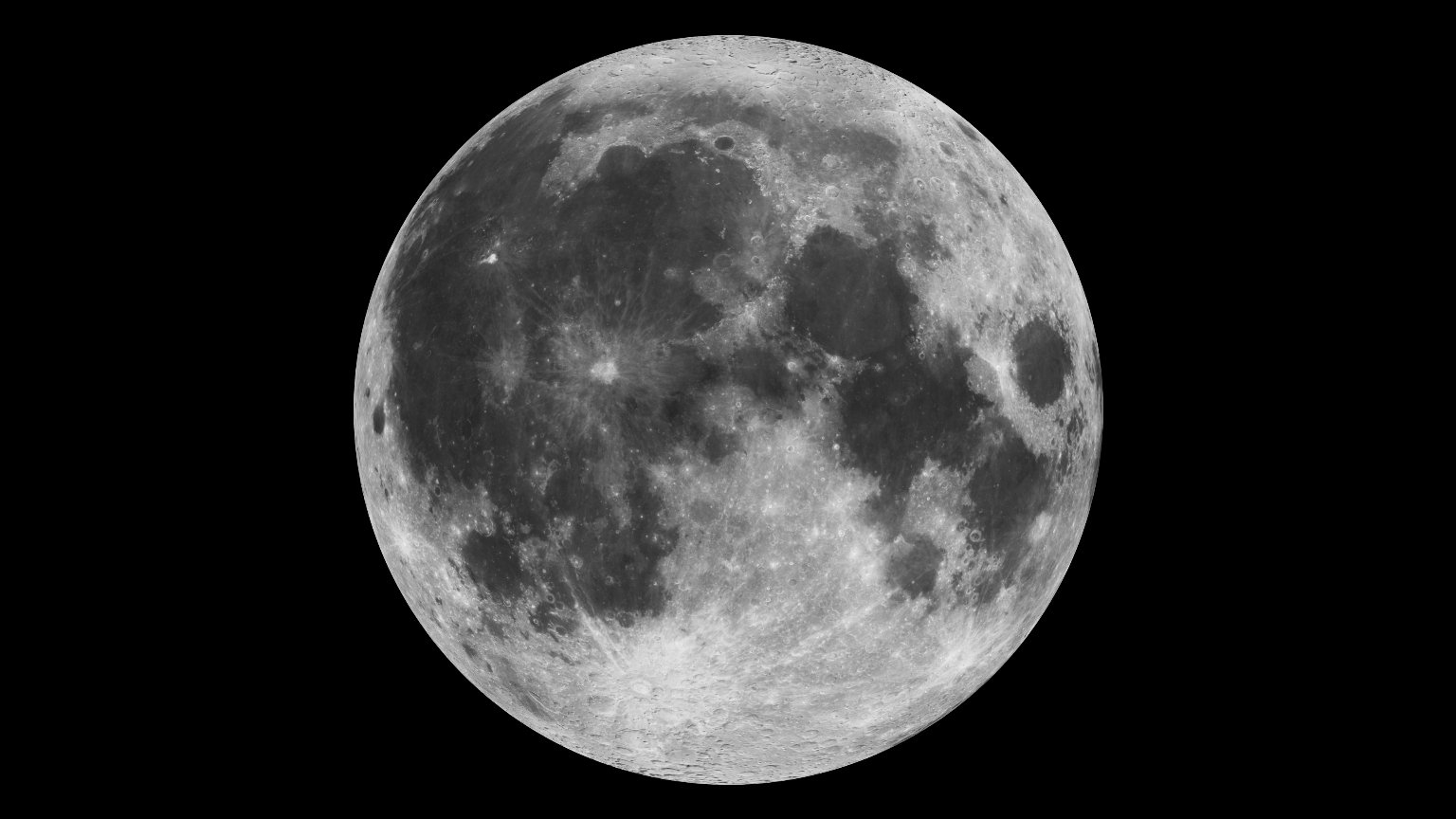
China has achieved a milestone feat, making the first-ever laser ranging measurement from Earth to the moon during the daytime. Researchers at Yunnan Observatories under the Chinese Academy of Sciences (CAS) used an infrared lunar laser ranging system of a recently upgraded 1.2-meter (3.9 feet) telescope to ping a small laser retroreflector on the Tiandu…
-
What to Know About Kosmos-482, a Soviet Spacecraft Returning to Earth After 53 Years
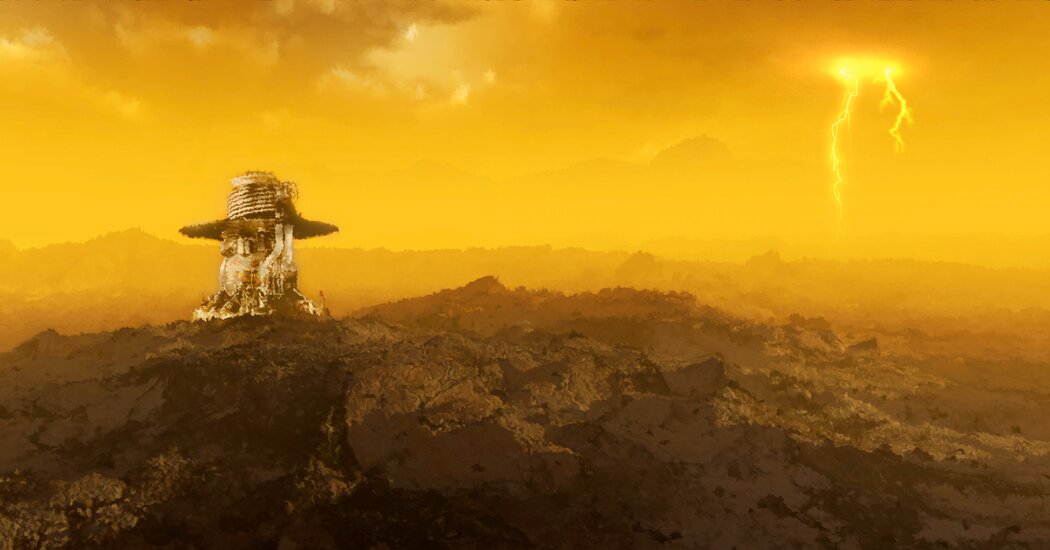
Kosmos-482, which was headed to Venus, is expected to re-enter Earth’s atmosphere by the end of this weekend. Experts don’t yet know where it may come down. A robotic Soviet spacecraft has been adrift in space for 53 years. It will return to Earth on Friday or Saturday. Kosmos-482 launched in March 1972. If all…
-
NASA’s SPHEREx space telescope makes its debut
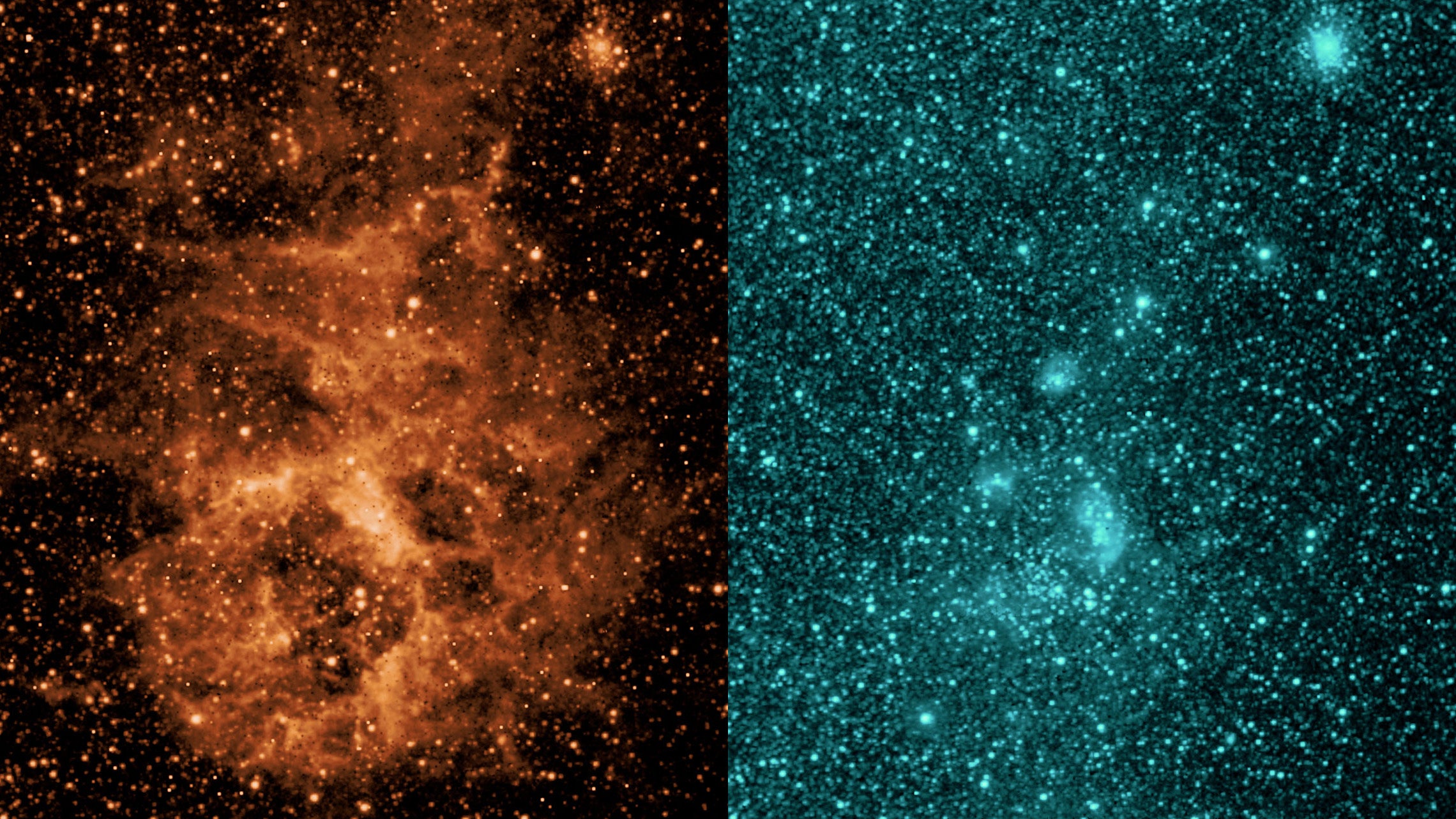
A cloud of smoky molecules performs a disappearing act in these images taken by the SPHEREx space telescope. The observatory imaged the object at a wavelength of 3.29 micrometers (orange) and 0.98 micrometers (blue). Credit: NASA/JPL-Caltech NASA launched the SPHEREx Space Observatory this year on March 25 — and the first results are in. The…
-
Marist’s New Astronomy Club Creates a Space for Stargazers
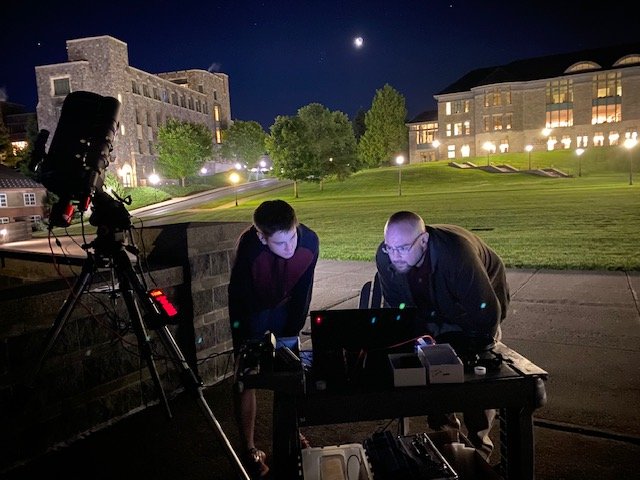
These phenomena, which both garnered large numbers of students and faculty, particularly enthused Nick Webster ‘27, who enjoyed seeing Marist students come together to revel in an astronomical event. Webster, an environmental science major, has been captivated by space from a young age. He jumped at the chance to create the Astronomy Club when offered…
-
Marist’s New Astronomy Club Creates a Space for Stargazers
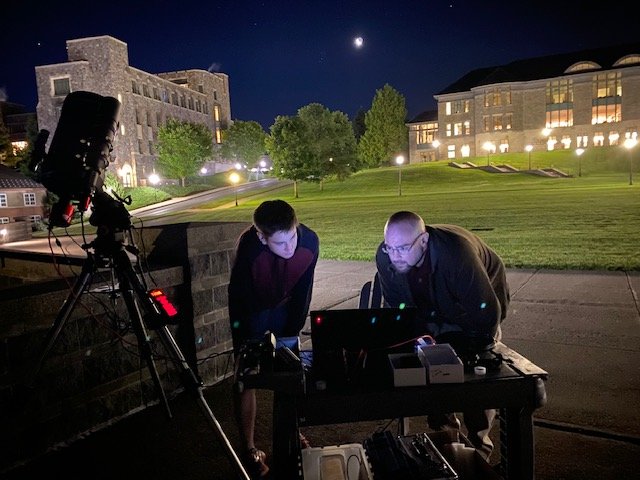
These phenomena, which both garnered large numbers of students and faculty, particularly enthused Nick Webster ‘27, who enjoyed seeing Marist students come together to revel in an astronomical event. Webster, an environmental science major, has been captivated by space from a young age. He jumped at the chance to create the Astronomy Club when offered…
-
Hubble spies a skewed spiral galaxy photo of the day for May 5, 2025
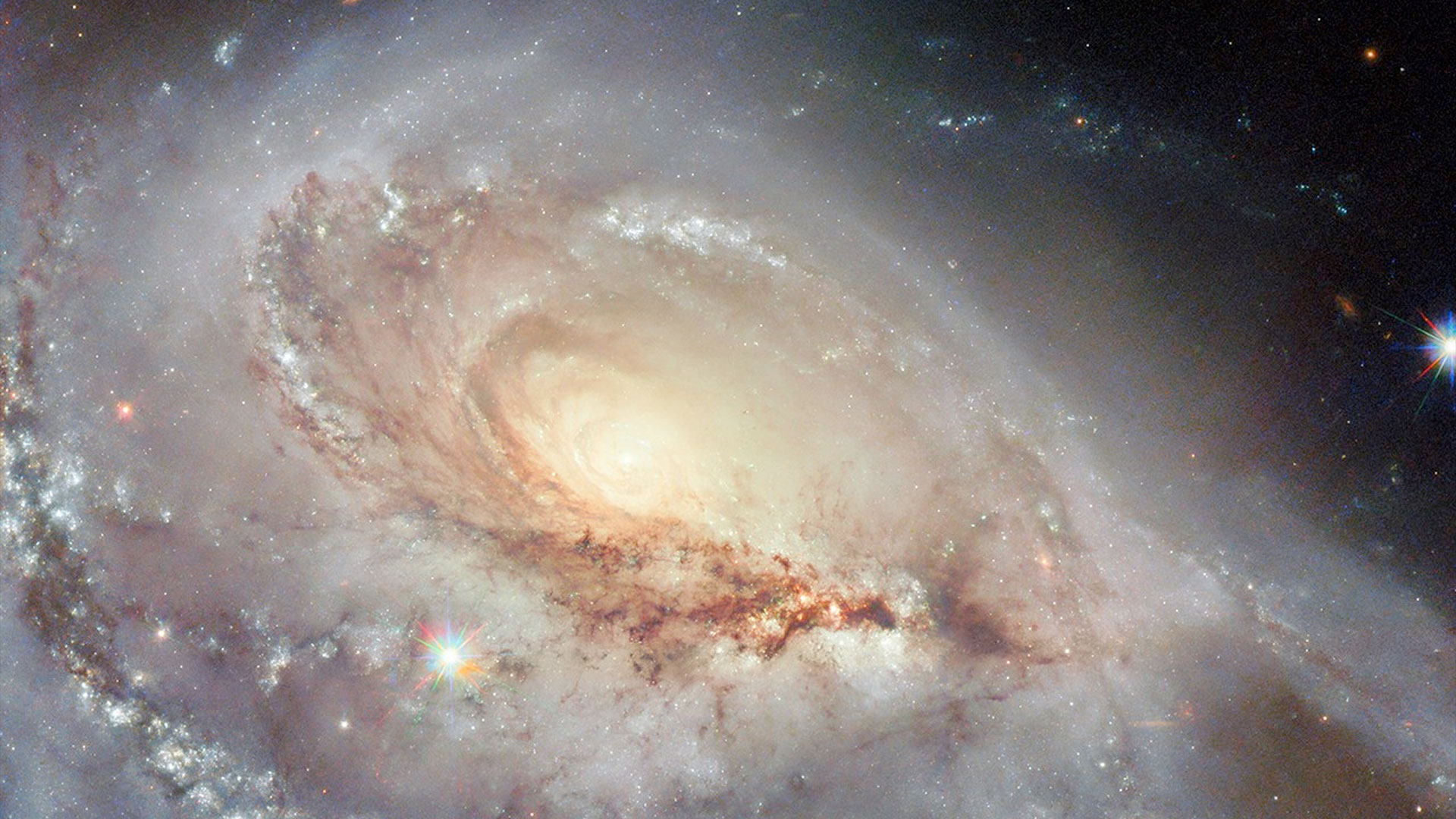
“Peculiar” spiral galaxy Arp 184 or NGC 1961 as captured by NASA/ESA’s Hubble Space Telescope. (Image credit: ESA/Hubble & NASA, J. Dalcanton, R. J. Foley (UC Santa Cruz), C. Kilpatrick) Arp 184 or NGC 1961, a skewed or “peculiar” spiral galaxy, is still stunning in this image from the Hubble Space Telescope. What is it?…
-
A giant crater on the moon may hold remnants of an ancient magma ocean. Artemis astronauts could bring home samples of it
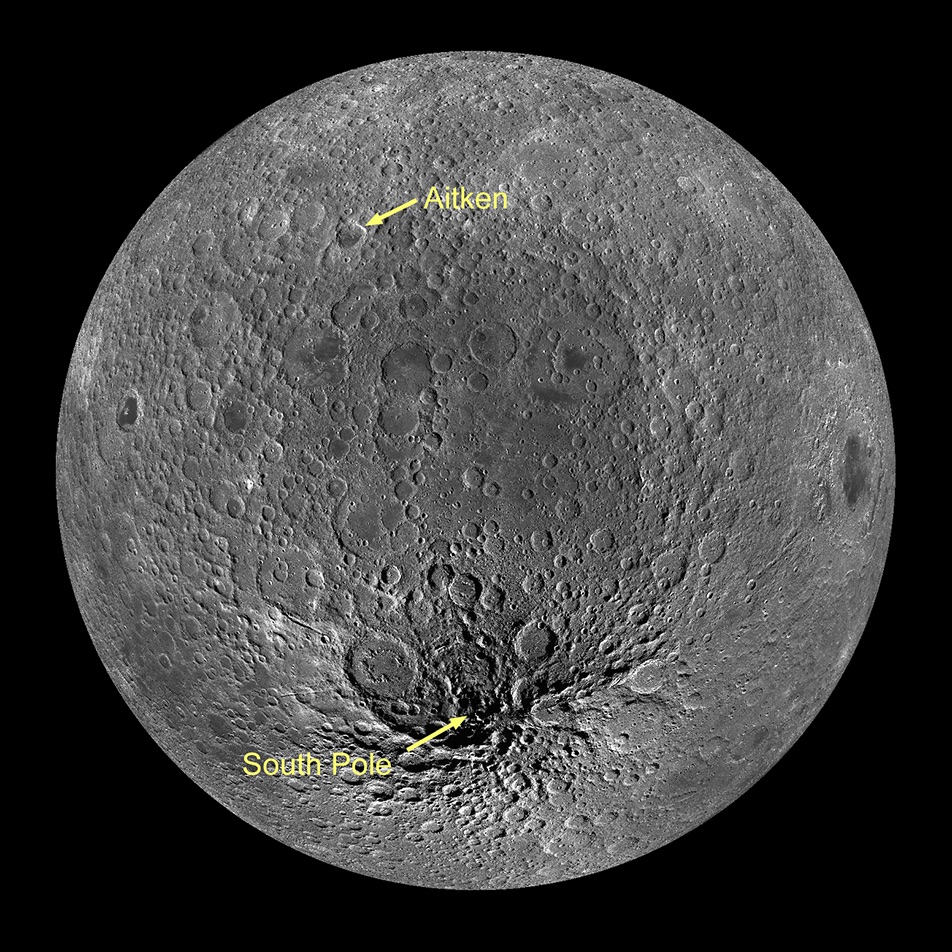
A giant impact crater on the moon may contain primordial pieces of the lunar mantle and remnants of an ancient magma ocean, researchers say. Crewmembers on upcoming Artemis missions could potentially return samples from the young mantle back to Earth, providing insight into the final stages of lunar formation. Roughly 4.3 billion years ago, a…
-
What time is it on the moon? US House space committee wants a standard lunar clock
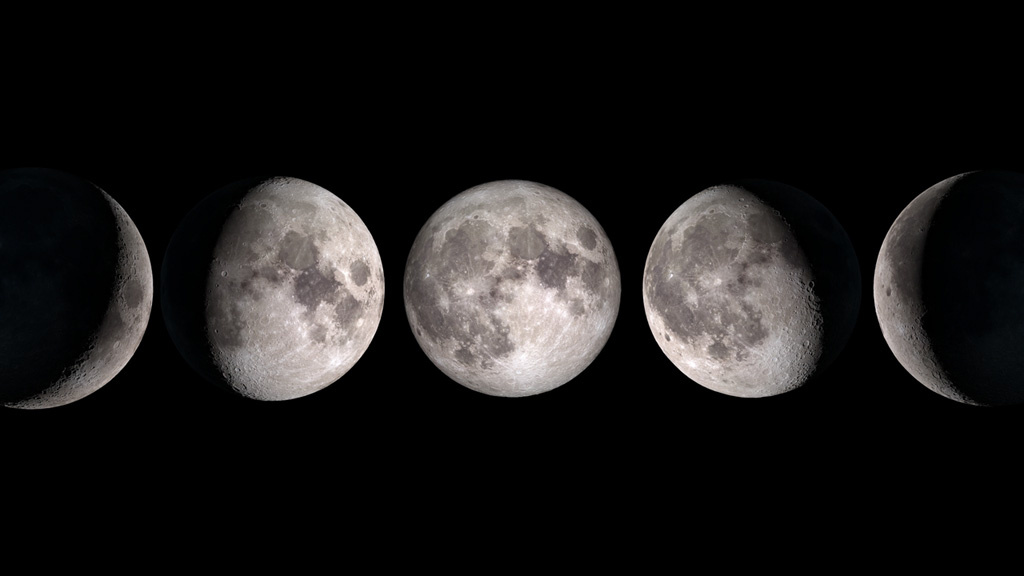
We are one step closer to getting a lunar time zone this week, as a bill passed out of the US House Science, Space and Technology committee directs the administrator of NASA to develop a way to coordinate and measure time on the moon. The bill is titled The Celestial Time Standardization Act (or HR…
-
Space Physics
Space physics is the study of everything above the Earth’s atmosphere, where the ionosphere and magnetosphere reside, and from the sun, to the solar system and beyond. Plasmas, gases of charged particles, make up over 99% of the solar system such as in the sun’s core and corona, the solar wind, interplanetary space, and the…
-
Space photo of the week: Record-breaking James Webb telescope image captures 1,678 galaxy groups at once
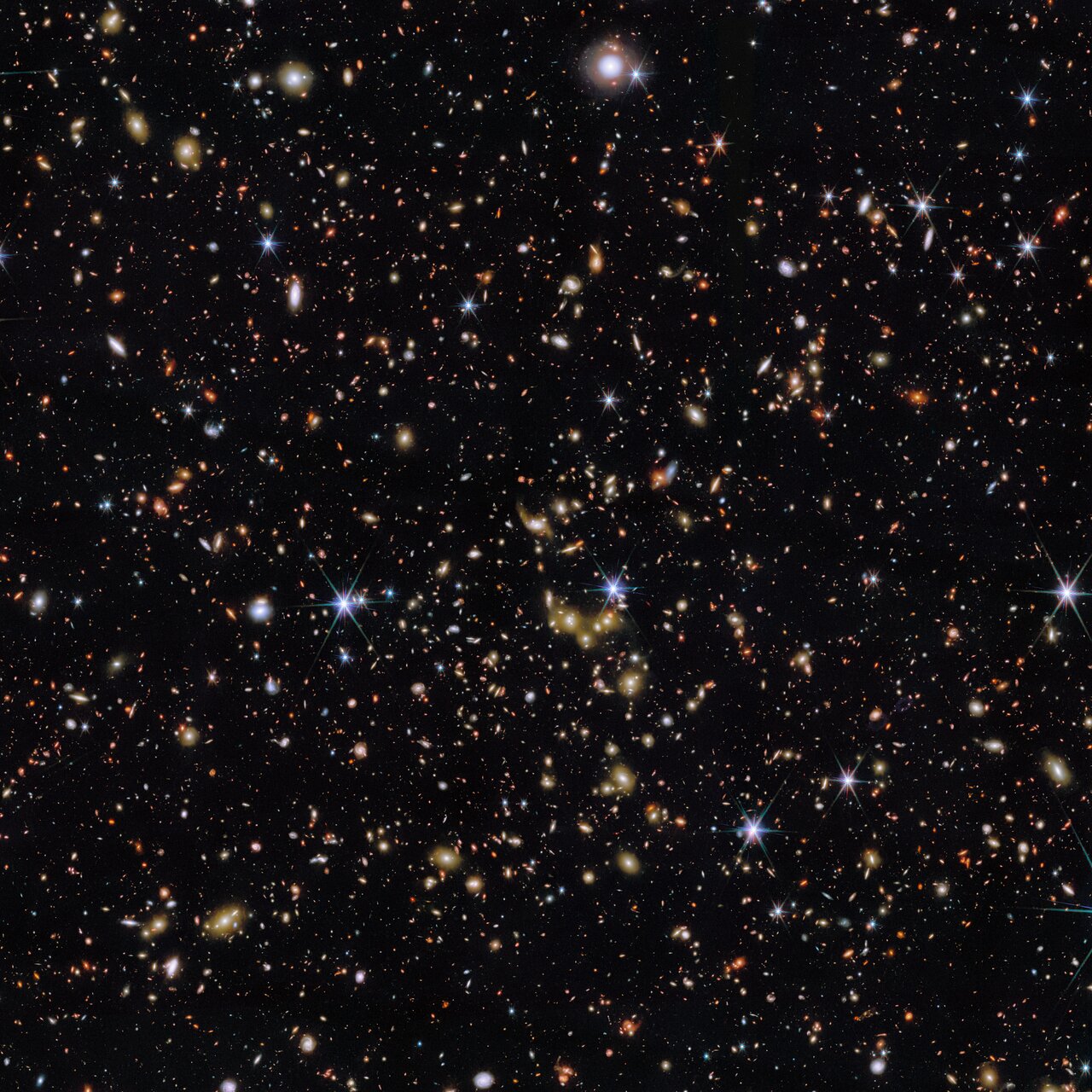
What it is: Thousands of galaxy groups from the early universe Where it is: 12 billion light-years away in the constellation Sextans When it was shared: April 29, 2025 Why it’s so special: Sitting across a part of the night sky that looks away from the Milky Way and into the distant universe, the constellation…